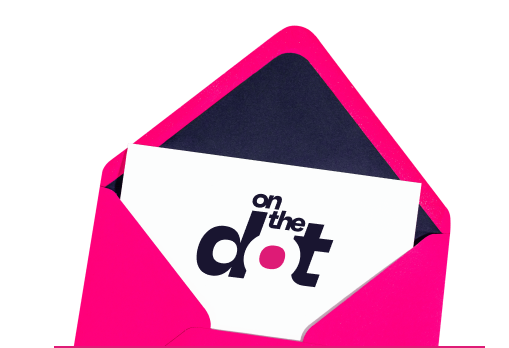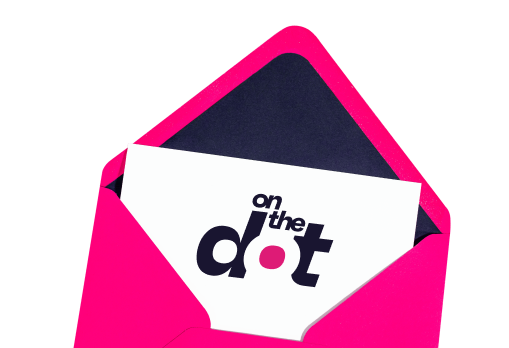相关文章推荐
|
|
不敢表白的钱包 · 《赵佗下(京剧)》- 裴艳玲, ...· 5 月前 · |
|
|
活泼的冲锋衣 · 《孫悟空三打白骨精》 | art-mate.net· 1 年前 · |
|
|
细心的沙滩裤 · 朝克-中国社会科学院大学文学院· 1 年前 · |
|
|
旅途中的拐杖 · 星际争霸:世界电竞史中上帝借暴雪之手成就的巅 ...· 1 年前 · |































